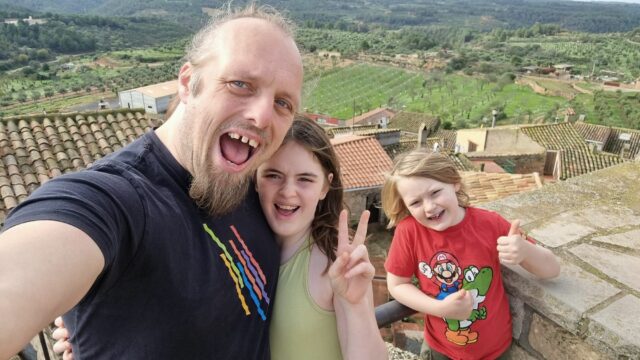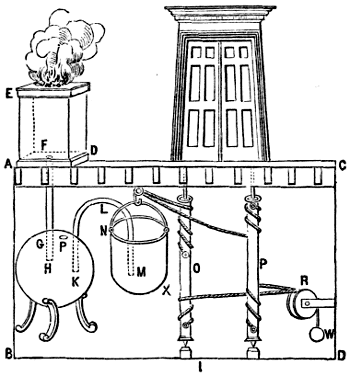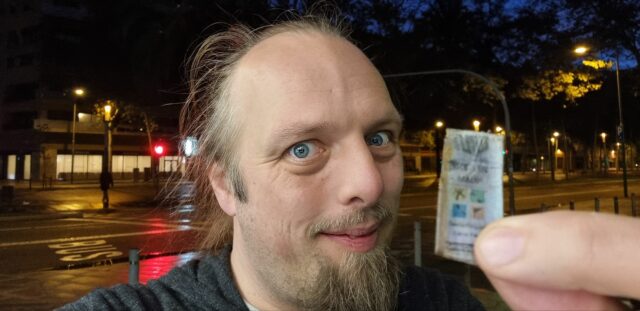If you’ve come across Tony Domenico’s work before it’s probably as a result of web horror video series Petscop.
3D Workers Island… isn’t quite like that (though quick content warning: it does vaugely allude to child domestic
abuse). It’s got that kind of alternative history/”found footage webpage” feel to it that I enjoyed so much about the Basilisk
collection. It’s beautifully and carefully made in a way that brings its world to life, and while I found the overall story slightly… incomplete?… I enjoyed the application of
its medium enough to make up for it.
Best on desktop, but tolerable on a large mobile in landscape mode. Click each “screenshot” to advance.











